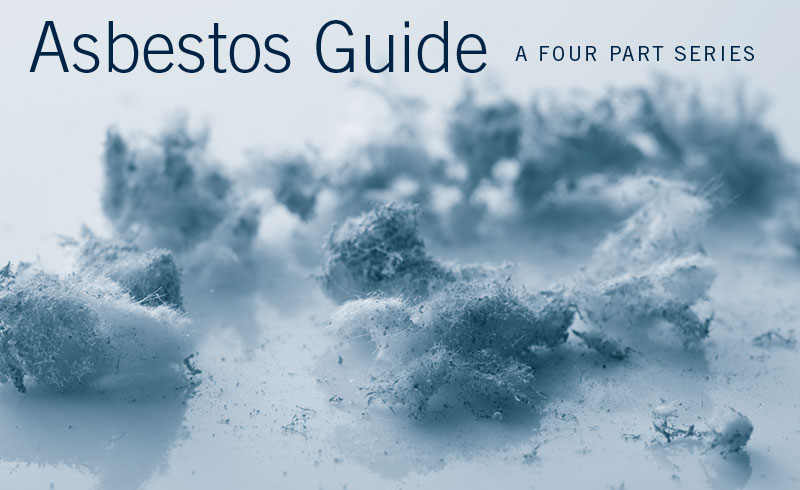Baron & Budd Announces Fall 2022 Mesothelioma Cancer Victims Memorial Scholarship Winners
Scholarship winners Isabella Toth and Soraya Chinloy share their personal battles with...
READ MORE
Two things:
1. There is NO safe level of exposure to asbestos.
2. Whoever is exposed to asbestos is at risk of serious asbestos-related diseases.
Exposure to asbestos may cause three main asbestos related diseases. The first is mesothelioma, a rare and deadly cancer of the respiratory lining with no cure. The second is asbestos lung cancer and the third is a disease known as asbestosis, a lung disease.
While lung cancer may develop in patients for a number of reasons, mesothelioma and asbestosis have one known cause: exposure to asbestos.
For mesothelioma, most people who developed the cancer were exposed to asbestos repeatedly on the job or through a family member who was exposed to asbestos on the job and brought the disease home, such as on the work clothes their loved ones would wash with the families’ laundry. However, while repeated exposure to asbestos is a common denominator in those who have mesothelioma, it may only take one chance encounter with asbestos to cause mesothelioma cancer years down the line.
There are different “names” for mesothelioma — pleural mesothelioma, peritoneal mesothelioma and pericardial mesothelioma, for instance, and these all have to do with where in the body the mesothelioma cancer is located. The treatment options and symptoms, however, remain the same.
There are several symptoms of mesothelioma that depend on the body part affected and the stage of the cancer’s development.
Some of the earliest symptoms of mesothelioma, no matter the body part, include dry cough, fatigue and a shortness of breath. As the cancer develops, severe weight loss, respiratory complications and chest pain may all develop. You can read more about what mesothelioma is here.
Because of the serious risks associated with asbestos, any activity that may disturb asbestos has to and should be kept at a minimum. We encourage you to read on to learn more about asbestos from then to today.